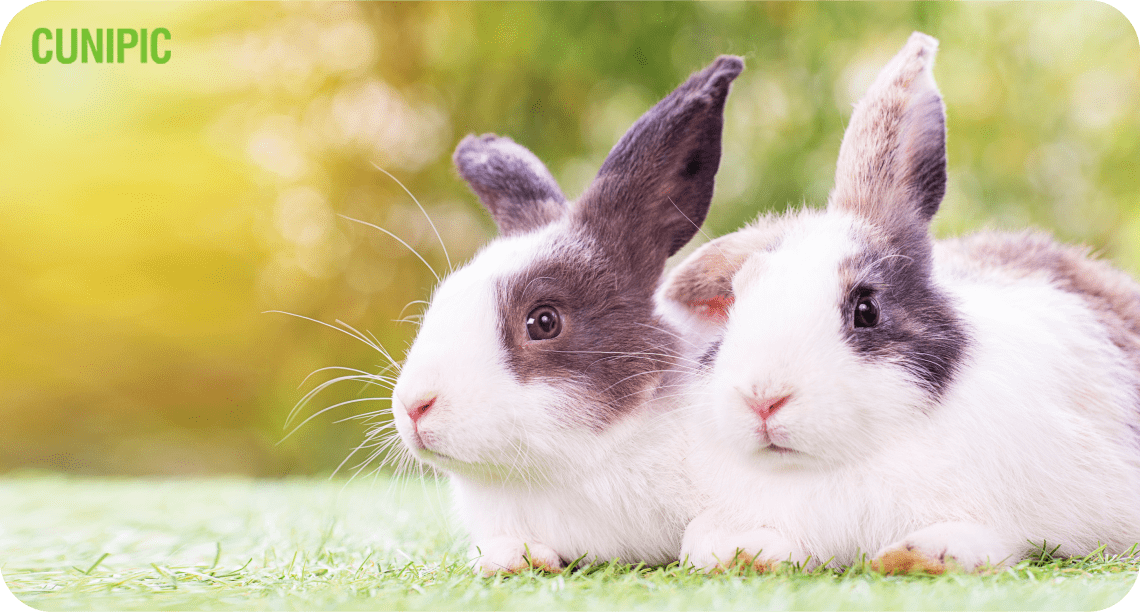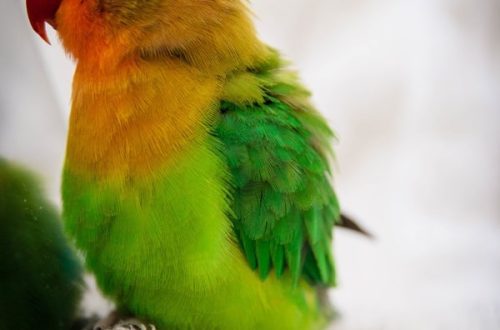
How is the mating of decorative and dwarf rabbits
As a rule, decorative rabbits give birth to offspring an average of seven times a year. In natural conditions, where wild rabbits are in an unequal struggle for survival, frequent birthing helps to maintain the species. Being in nurseries under the experienced guidance of breeders, if possible, the entire offspring is preserved, which makes it possible to raise rabbits in large quantities.

Nature is so conceived that the female is ready to mate immediately after the birth of the cubs. Any experienced breeder can determine this: the rabbit’s genitals turn red and become swollen, the animal loses its appetite. If mating takes place during this period, the female will again prepare for the next round.
Approximately ten days before the birth, it is advisable not to disturb the female, protect her from noise and prying eyes, provide the expectant mother with a balanced quality food, and closely monitor her health.
So that the mating process does not drag out, it is organized in the morning. To begin with, the couple is introduced by releasing the animals on the floor so that they become interested in each other. You need to know that the female tends to behave in the same way as the male, namely, to mount her partner. Next, the female is allowed into the territory of the male, but not vice versa, if you plant the male with the rabbit, he will most likely begin to sniff the new area and lose all interest in the bride.

There are times when the owner does not have time to move the pets into the cage, and mating takes place right on the floor. If the rabbit crouches on her front paws, and the male, after a couple of movements, makes a characteristic sound, similar to grunting or squeaking, and falls on his side, then mating has occurred. The male may then attempt to cover the female again, which he should not be allowed to do. The mating process should be postponed until the evening, since it is highly undesirable to bring the males to exhaustion. A gentle regimen for a male is 4 mating per day, two in the morning and two in the evening, with a mandatory break for two days. This is especially true if there are several females ready to mate.
A repeated mating process is acceptable if the male has not mated for a long time. It is considered that sperm from the first mating is not suitable if the male has not taken part in mating for more than a month. Re-knitting after five days is also acceptable. If the rabbit does not let the male in, she is classified as conditionally covered. However, it is not uncommon for a female to not drive the male away already.
After 15 days of pregnancy, you can already feel the embryos under your fingers and determine their size. For inexperienced breeders, there are certain recommendations: in order not to make a mistake, first you need to check a single female and a coated one (on the 25th day of pregnancy), and compare the sensations. If a miscarriage occurs, it is imperative to find out the cause of premature birth.
After 15 days from the moment of mating, you need to determine whether it was effective. To do this, the female needs to be probed. The rabbit’s head should be directed towards the examiner, with the left hand you need to hold the female by the sacrum, and very carefully probe the embryos on both sides of the lower abdomen with the fingers of the right hand. If “peas” are felt under the fingers, the knitting was successful.
The rabbit gives birth on 30-31 days of pregnancy. Okrol most often takes place at night or early in the morning. A purebred female can give birth to up to five rabbits, while an ordinary female can give birth to up to 15 or even 19 cubs. The rabbits are born blind and naked, on the second day their fluff begins to grow, and at 11-12 their eyes open.





